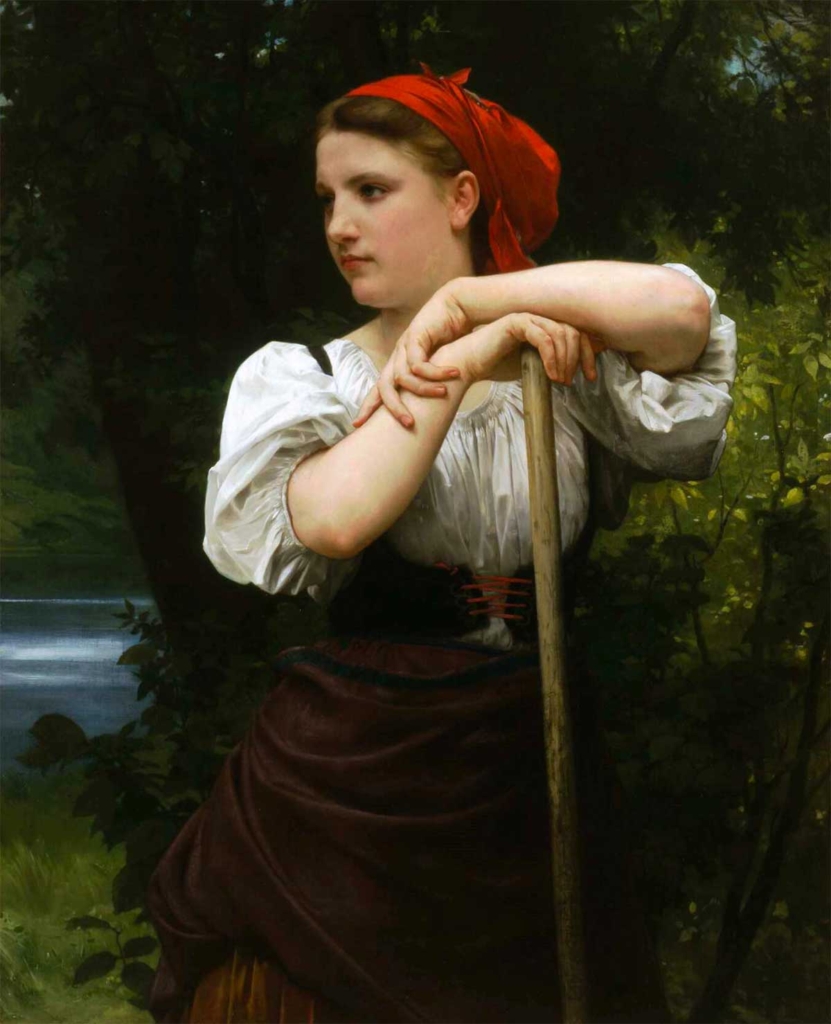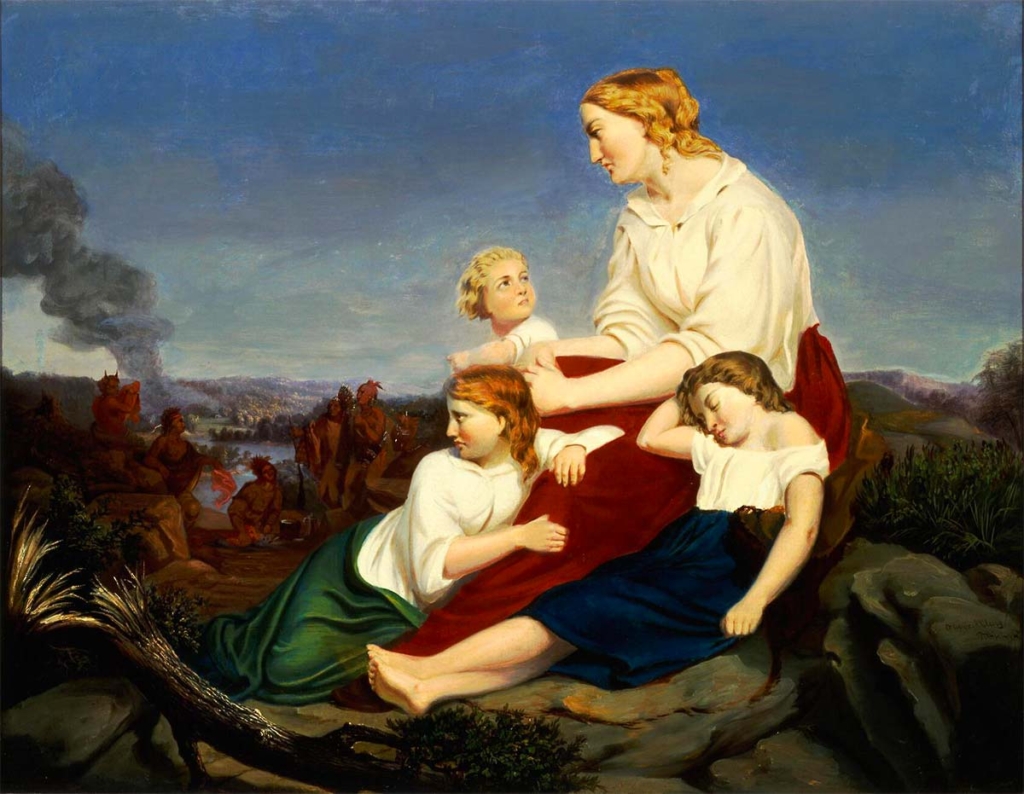Inspired by artists’ processes, materials they use, questions they ask, and ideas they work from, each Art Lesson Plan is an invitation to engage your imagination. Once your imagination is activated, let the creativity flow!
Art Lesson Plans
Use David Gilmour Blythe’s Post Office as inspiration for writing a journalistic report on this scene from the 1800s in this art lesson.

In this lesson, students will be learning about and discussing the role artists played in depicting the working-class citizens (proletariat) of France during the mid-19th century. Students will write short responses based on prompts and historical information. Students will attempt to decipher whether an artist is being “sentimental” about their subject matter or whether they are portraying them “as they are.”

In this lesson, students will be observing and discussing visual details such as mood and action found in the artwork. Using Family, Taken Captive by the Indians by Trevor McClurg as an example, students will write about what is happening “outside the frame” based on interpretation and/or research.

In this lesson, students will observe and discuss the visual details such as color and action found Pittsburgh Memories by Romare Bearden. Students will then write a “day in the life” story about one of the characters in the collage.

In this lesson, students will interpret and discuss mood, tone, and body language of a piece/portrait based on their observations. Students will then discuss how authors create characters similar to artists. Teachers will then pick a character from a book the class is reading and have students compare and contrast that character with the character in the piece they are observing.

In this lesson, students will observe and discuss multiple photographs and/or paintings and identify what people are wearing and in what medium the people’s images were captured. Students will use adjectives to describe what they see and will compare some of these images to their own lives.

After students learn what a still life painting is, they will observe and discuss two paintings and write a three-paragraph descriptive essay based on their observations. Students will then draw a still life based on their classmates’ descriptive essays. Afterward, students will discuss the similarities and differences between their writings, drawings, and the original paintings.

In this lesson, students will observe and discuss a variety of chairs and determine whether they are aesthetically pleasing, supportive, and how they were constructed. Students will then do their own research and use their journals to design a chair that can withstand space travel and the atmosphere of Mars.

In this lesson, students will compare two portraits and write dialogue based on their observations. They will share their writing and discuss similarities and differences between the two works. Students will then write a mock commission letter to one of the artists requesting a portrait done of them.

Similar to how writers create setting through rich descriptions, artists provide details such as scenery, weather, and clothing to create setting through visual images. Students will examine a photograph of an urban scene and discuss the visual details and action found within. Students will then write a ”sense poem” based on their observations and life experiences.

By observing and discussing visual details such as color and action found in the painting The Penance of Eleanor, Duchess of Gloucester, students will create a story with the past, present and future details of the characters’ lives.
